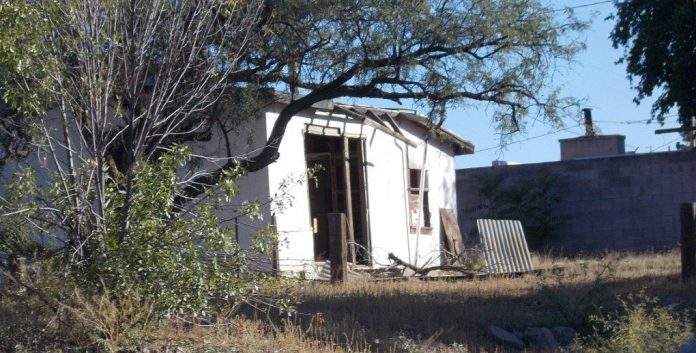At its meeting on Tuesday, Sept. 1, the Cottonwood City Council engaged in its first public reading on a proposal by staff to adjust the city’s nuisance abatement codes, simplifying and streamlining the language in order to allow the city to be more active in its abatement processes. The proposal was first discussed at the council’s strategic retreat earlier this year and again at a work session in early August.
“The goal here is to improve the community as a whole, and it’s to help everybody,” Cottonwood’s planning assistant/code enforcement coordinator Christina Anderson said at the meeting. “To get these places that are safety hazards [either] fixed up [or] torn down and to help the people who are in these places find appropriate housing.”
According to Anderson, the last time that the city had an abatement in the case of a dilapidated or unsafe building was back in the 1990s, and staff feel that there are numerous cases of buildings that do not meet city codes and are in need of intervention. The changes are aimed at simplifying the language to allow for a streamlined process that will hopefully be easier not just for the city, but for owners, tenants and property managers to understand.
“We have to have a code that is cleaned up and streamlined to be able to follow through with city abatement,” Anderson said. “If it’s confusing for staff, I can only imagine what it would have been like to be cited under that code.”
The changes would also expand the city’s powers in two ways — by allowing for emergency abatements in cases of serious violations, and preventing transfer of property from allowing owners to avoid legal liability for violations.
“When a violation of this code poses a substantial and immediate threat of serious harm to the health or safety of any person, then the city may immediately enter the property and take the minimum action necessary to relieve the threat of serious harm,” the adjusted nuisance abatement code will read in part.
Anderson sees these changes as part of an effort by the city to allow for residents to speak up more easily about unsafe conditions and have something be done. The city is hoping to use funds from legal fees in nuisance cases as well as partnerships with nearby agencies to allow residents of condemned buildings to be relocated until they can get on their feet and find a better place to stay.
“Now we have a proactive council and proactive management, so the idea is we now are going out there and we’re seeing more of these things, because we have the personnel to go out and find things,” Anderson said. “The community is changing …. The reason for it is we finally have gotten the community to say, ‘I live in this home. Can someone please get over here to take a look.’”



